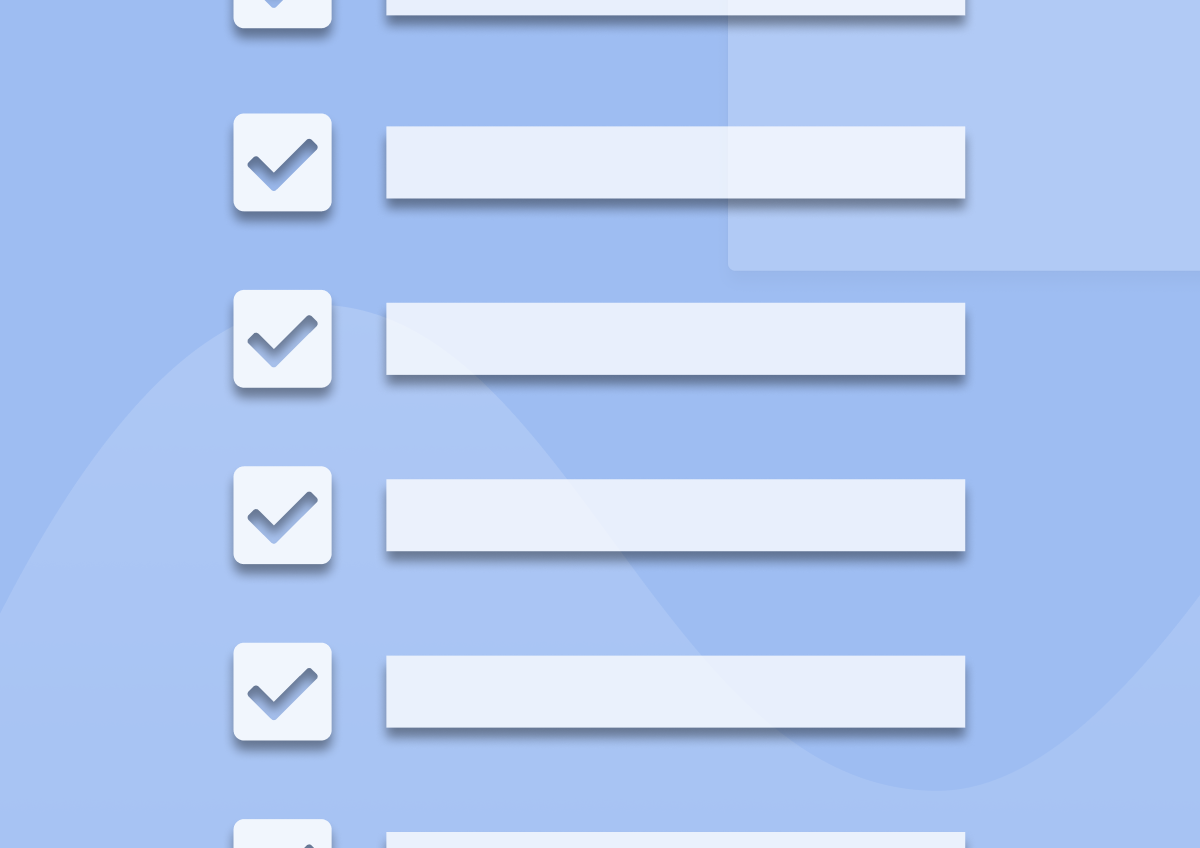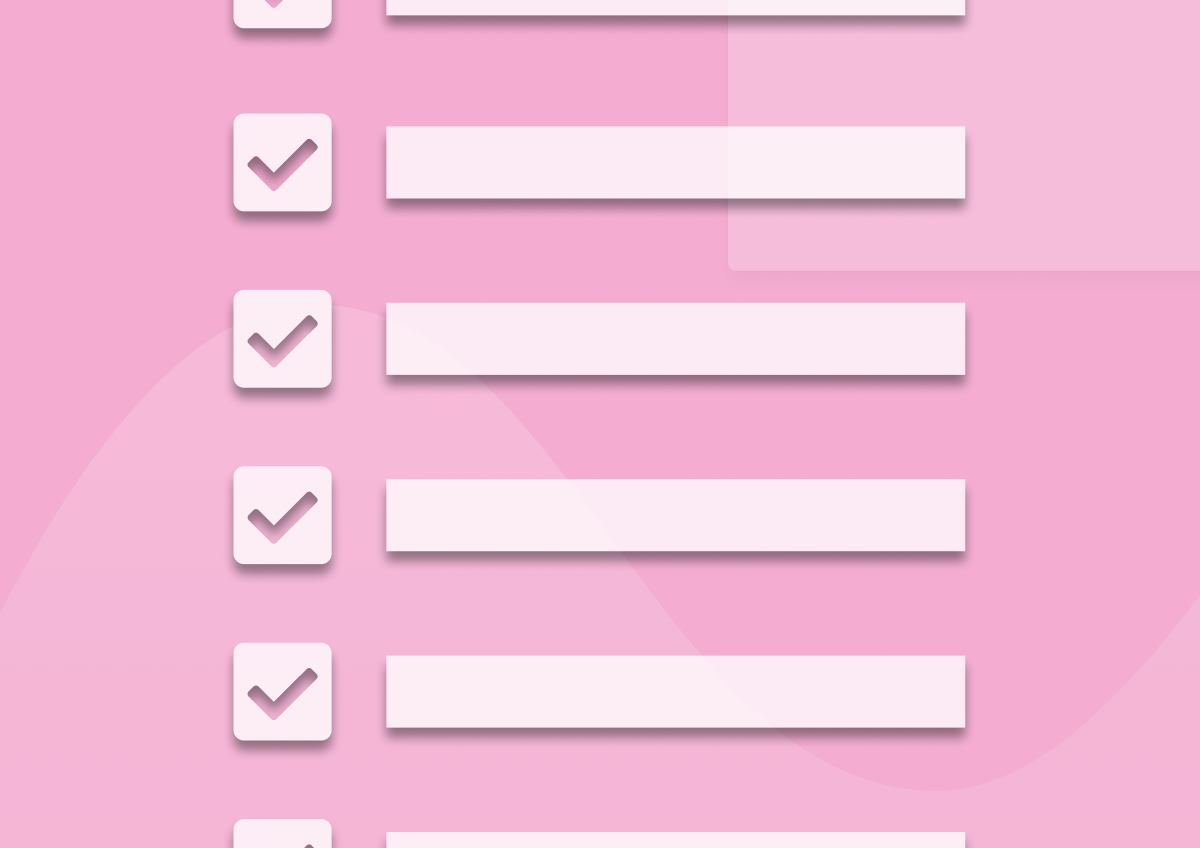How to Build a Lead Scoring Model in SaaS
Let’s face it: Having too many leads is never a problem.
It’s not knowing which of them are worth your time that makes selling so darn challenging.
Because no matter how much effort you put into processing inbound leads, unless you focus on high-value opportunities only, you’ll end up frustrated, tired and, well…most likely, cursing the day you’ve decided to go into sales.
In this article, you’re going to learn how to overcome this problem. You’ll discover how to build a lead scoring model for your SaaS and create a system to separate the wheat from the chaff.
What is Lead Scoring?
Lead scoring is a process of evaluating a new lead’s likelihood to become a paying user. When scoring leads, you identify which of your inbound leads are a good fit for your product, but also those who offer no business opportunity at all.
In practice, lead scoring involves assigning value to different lead characteristics and behaviors and use those to calculate a value we call the lead score.
(A side note: I published a whole guide to lead scoring not so long ago in which I’ve explained the strategy and its various aspects in great detail.)
Why Score Leads In The First Place?
Well, you should do it for a number of reasons, actually.
The first one – To identify the highest value opportunities among all your inbound leads. Every day, people sign up for your free trial or start the freemium account. Not all of them would ever pay you, unfortunately. But once you know the ones who might, your inbound sales team can prioritize those people in their sales process.
Secondly, lead scoring gives you an insight into which opportunities require immediate attention. Timing is a critical factor in sales success, after all. Wait too long to process a lead, and no one will reach out to them for days. Unfortunately, at that point, the opportunity might be gone already. But knowing when a person would be ready to talk to you will only improve your efficiency and the output.
Thirdly, you can use lead scoring models to test assumptions about the target market. The process involves creating and evaluating different customer profiles to assess the business opportunity. In doing so, you can improve leads quality greatly, and convert more leads to sales faster.
A common misconception, in fact, is that a lead scoring model is just a reflection of what has worked for the company in the past. In truth, however, developing it helps you define who do you want to sell to in the future.
But Do SaaS Companies Need to Develop Any Lead Scoring Model At All?
I know there are arguments against doing it, and I can understand those people’s reasoning.
As a SaaS business, you could serve a wide range of customers, after all. Your users could come from a wide range of markets too, geographically and in terms of what their businesses do. They could work in companies of different size and be scattered all over the world and have so many other, distinct characteristics.
How could you even develop a model to score them?
Well, you could. In fact, you have to.
That’s because of a critical issue pertinent to the SaaS market only.
Unlike a local business – a law firm, perhaps – SaaS receive an incredibly broad range of leads.
A law firm gets business inquiries, mostly. Potential clients seek it out, often learning about the company from the local search results. A more marketing-savvy firm would have some form of a lead generation software
running too. But even then, their goal for allowing visitors to sign up to download content is to attract warm leads, at least, and convert them into customers with nurturing.
You, on the other hand, get free users, trial signups, demo requests, direct inquiries and more. Many products get all of those leads at once. Their users can sign up to a freemium plan, but the company also offers a trial of the paid subscription, and their enterprise customers can request demos to their team.
On top of that, you have leads generated through content marketing and other efforts. These include newsletter signups and lead magnet downloads, typically.
Another thing that makes SaaS market different is that most of the time, these people face zero barriers to sign up. You, most likely, don’t ask for their credit card in the trial signup, for example. They don’t need to fill in a lengthy form either or talk to someone before becoming a trial user.
Doing so makes perfect sense, of course. It makes it as easy and seamless for potential users to start enjoying your product. And the more of them do, the greater the chance that some of those people will purchase a paying plan.
But operating on such a model also results in a large number of, potentially, irrelevant signups for your sales team to deal with.
That’s a reason for another challenge… the lead quality.
Many SaaS companies complain about lead quality, in fact.
I hear about it from them all the time. Many companies signing up for Refiner tell me about the drastic difference in lead quality between different inbound sources.
- They all agree that demo requests bring in highly qualified leads, typically.
- Sales inquiries through a contact form on the site, for instance, deliver good quality leads also.
- Trial signups, on the other hand, have mixed quality, whereas newsletter and lead magnets generate the least opportunities.
Unfortunately, it’s up to their inside salespeople to identify and qualify leads worth processing and that’s an incredibly tedious thing to do. Well, without a lead scoring model, at least.
That’s the reason so many SaaS companies turn to lead scoring. They want to improve the sales team’s performance and effectiveness by helping them to prioritize leads better.
Which brings us to two more benefits of lead scoring:
Lead scoring helps measure the quality of leads coming from different sources. For marketing/sales alignment, measuring the lead score is crucial and allows both teams to identify where the biggest opportunities are.
Finally, if you offer a freemium or free trial model, with lead scoring, you can have the best of two worlds. You can receive a high volume of leads/freemium users to showcase fast product growth. Your sales team, however, can focus on the highly-qualified warm leads only.
Defining Lead Scoring Factors
Remember when I said that the lead scoring strategy involves assigning points to different lead characteristics? Well, it’s true, of course. And the most important thing when building a lead scoring model is identifying what factors define a sales-ready lead for you.
In SaaS, you use three main types of lead scoring factors:
- Explicit data – This group includes information the lead has shared with you while signing up. For example, they’ve given you their name, email, perhaps the company name too.
- Implicit data, which includes information you can retrieve by enhancing the person’s profile based on the explicit data.
- Behavioral data you collect by measuring how the person interacts with your product. Factors like the number of sessions in a given timeframe, their frequency and length reveal a lot about their engagement with the product.
You can also collect proprietary information through in-app surveys, for instance. Overall, however, the three data types above are enough to qualify leads properly.
Using a Lead Scoring Model in SaaS – A Lead Scoring Model Example
To understand it, let’s look at how an inside sales rep would evaluate their inbound leads.
They get new freemium signup. They know nothing about them, except for their name and email. That’s the only information the company asks for in the signup, after all. As a result, they cannot tell whether the person would ever consider any of their paid plans.
But having the person’s business email, the sales rep kicks into action. They go off and research the company and the person on LinkedIn. They look at the new lead’s job title, check their business size, what market it operates in, and look at a whole range of factors that help them answer one question:
“Could this person ever see the value of our product?”
They may have a system set up to monitor product usage and engagement too. In time, it will collect information about how many times the person’s logged in to the app, their session frequency and more.
The sales rep might also review the current user list to see if anyone else from the company has signed up before.
The more information they gather, the clearer the opportunity becomes. Eventually, they will be able to make the call. They’ll either outreach to that person or move on to someone else.
The above shows a lead qualification process in practice.
The sales reps gather information about a new lead, evaluates them against scoring rules – their ideal user criteria – and identifies the best opportunities on which they should focus right now.
But there is a problem.
Such a process is impossible to do manually. Not when you receive tens or more inbound leads each day.
Your sales reps would never have the time to process any leads. They’d just collect information about them all day.
And they do. According to a study cited in Forbes, salespeople spend 64% of their time on non-revenue generating activities.
(Not to mention, that, when scoring leads, many of them base those scores on assumptions, rather than solid data.)
There is absolutely no chance that such a process would work for a SaaS company! Particularly one that generates high volumes of inbound leads through marketing.
Well, unless you use a dedicated tool that can find all the information and score those leads for you.
That’s Why We’ve Built Refiner
Refiner is the first AI-assisted lead scoring software for SaaS, acting as a triage between the stream of inbound leads and your sales team to suggest which connections you should focus on right away.
Refiner is also the only lead scoring system that evaluates the complete lead profile, not just behavioral data.
So, instead of processing each lead manually, hook up your leads to Refiner, define your ideal customer profiles and it will:
- Collect more information about each lead
- Enrich their profiles
- Evaluate that information to identify customer fit
- Show you the new lead scores every day for review
- Push the best leads you’ve selected to the CRM and notify your sales team about them.









